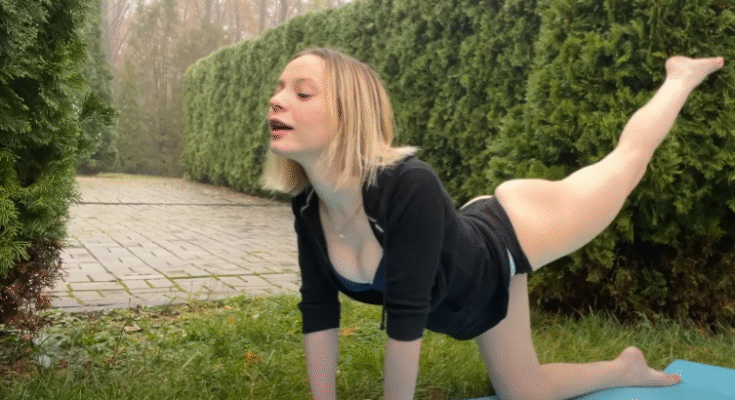
There’s something uniquely invigorating about practicing yoga and stretching in the rain. The rhythmic patter of raindrops, the fresh, earthy scent of wet soil, and the cool, refreshing air create an atmosphere that awakens the senses and deepens the mind-body connection. Training in the rain is more than just physical exercise — it is a holistic experience that blends movement, mindfulness, and a profound sense of presence.
Imagine stepping outside, feeling the soft drizzle on your skin as you roll out your mat on damp grass. The world around you is muted by the rain, yet alive in subtle ways: leaves glisten with droplets, puddles ripple with falling rain, and the cool breeze brushes gently against your face. This is the perfect environment to practice yoga and stretching, as it encourages full awareness of your body and surroundings.
Before starting, it’s important to prepare properly. Wear lightweight, breathable clothing that can handle getting wet. If practicing on grass, choose a mat that won’t slip, or lay down a towel for extra grip. The key is to stay comfortable while allowing yourself to fully immerse in the natural environment. Begin with a few moments of stillness, standing or sitting with eyes closed, inhaling the fresh scent of rain, and exhaling slowly. This grounding moment sets the tone for the practice, connecting breath with movement and environment.
Start with gentle warm-ups to prepare the body. The coolness of rain can make muscles tighter at first, so it’s essential to warm up slowly. Shoulder rolls, neck stretches, and wrist rotations help release tension and awaken mobility. The rhythmic sound of rain provides a natural metronome, encouraging smooth, mindful movements. Even the simplest actions, like lifting arms overhead or swaying side to side, take on a meditative quality under the rain’s gentle rhythm.
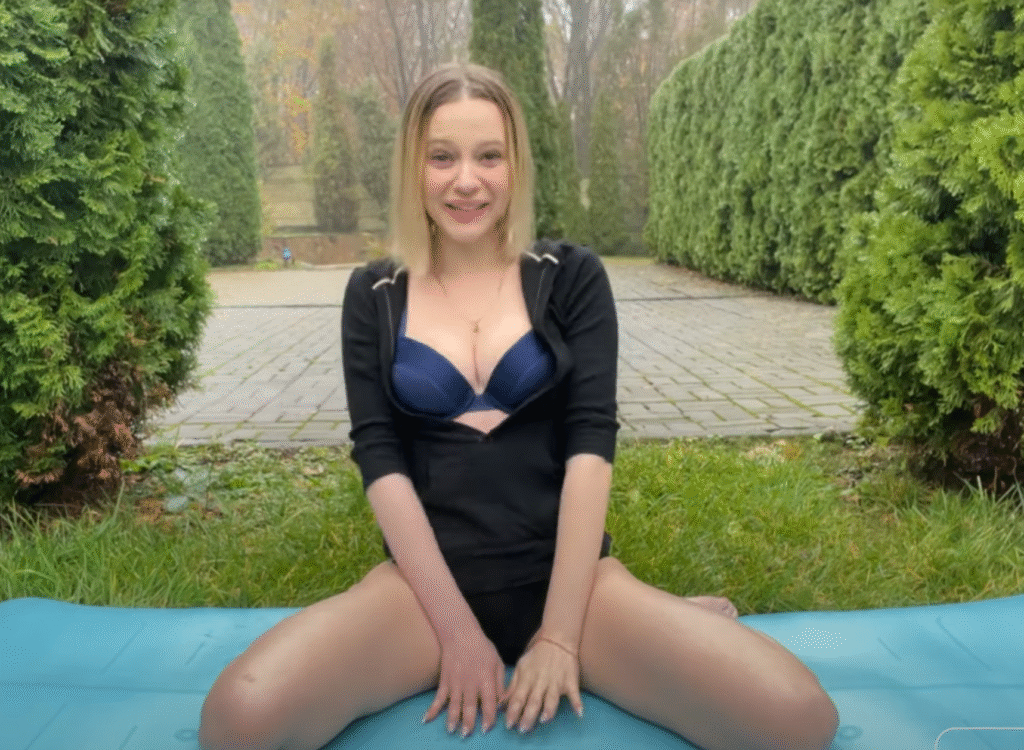
Once the body feels awake, move into flowing stretches. Forward folds, lunges, and gentle twists can be synchronized with deep breaths, allowing the body to open while the mind remains focused. The wet environment heightens awareness of balance and stability, as the ground may be slippery. This encourages controlled, mindful movement, enhancing both strength and flexibility. The sensation of water against the skin adds an extra layer of sensory engagement, making each stretch feel alive.
Standing poses are particularly effective in the rain. Warrior poses, tree pose, and triangle stretches not only strengthen the legs and core but also challenge stability in slightly slippery conditions. By focusing on alignment and breath, you create a strong connection between your body and the earth beneath you. The sensation of standing firmly in wet grass, surrounded by the sights and sounds of rain, evokes a feeling of rootedness and presence that indoor practice cannot replicate.
Seated stretches, such as pigeon pose, hamstring stretches, and side bends, allow for deeper release. Sitting on a mat or towel, you can fold forward or extend into long stretches, feeling muscles lengthen and relax. The cool, wet air encourages the body to stay alert and engaged while promoting mindfulness. In this environment, even simple movements become a sensory experience, as the skin feels every drop of rain, the breath mingles with fresh air, and the mind absorbs the tranquil ambiance of nature.
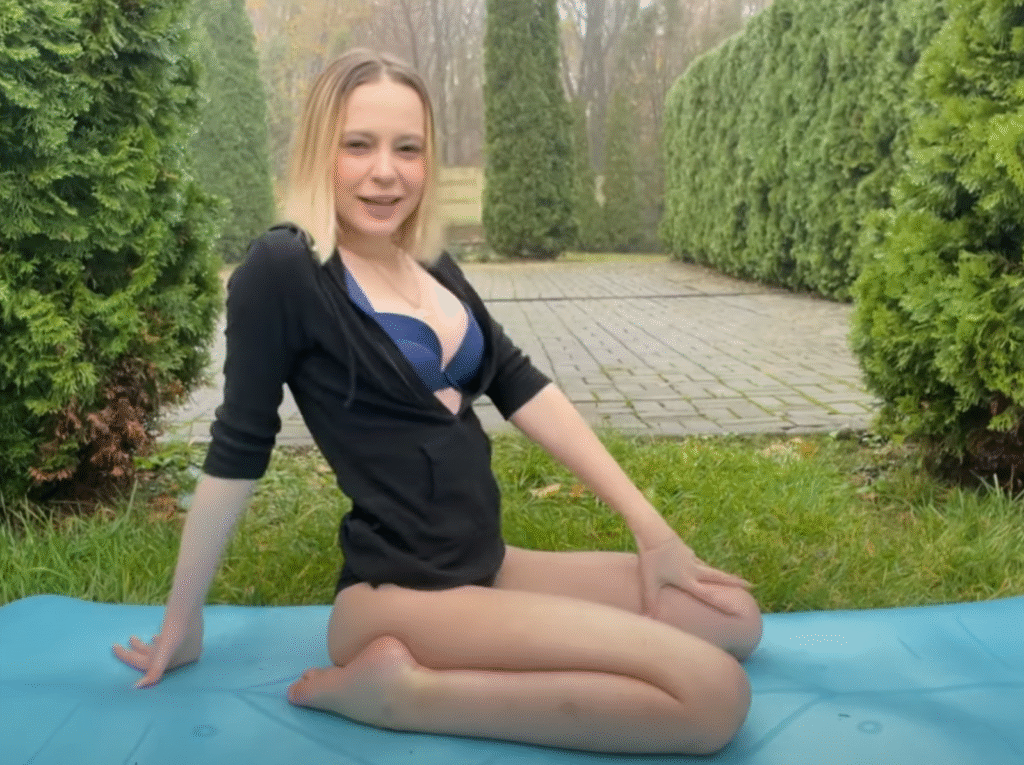
Incorporating dynamic movement enhances both energy and flexibility. Leg swings, cat-cow stretches, and gentle spinal twists encourage blood flow and muscle activation. The added challenge of maintaining balance on a wet surface heightens awareness, improving proprioception and body control. With each movement, the practitioner becomes more attuned to subtle shifts in posture and weight, fostering a mindful approach to motion.
One of the most beautiful aspects of training in the rain is the ability to cultivate mental clarity and emotional release. The natural elements — rain, wind, and earth — create a space for letting go of stress and tension. Forward folds and deep stretches allow not only the body but also the mind to release worries. Each exhale becomes a symbolic shedding of stress, carried away by the falling raindrops. The combination of breath, movement, and the soothing sound of rain promotes a meditative state, enhancing overall well-being.
For a full-body practice, integrate a mix of yoga flows and targeted stretches. Begin with a few rounds of sun salutations, moving from mountain pose to forward fold, lunge, plank, and downward dog. Adjust the sequence to suit the outdoor conditions, taking care to maintain balance and fluidity. Follow with stretches that target hips, hamstrings, and shoulders — areas that often hold tension from sedentary activity. Use longer holds for deeper release, and synchronize each movement with slow, intentional breaths.
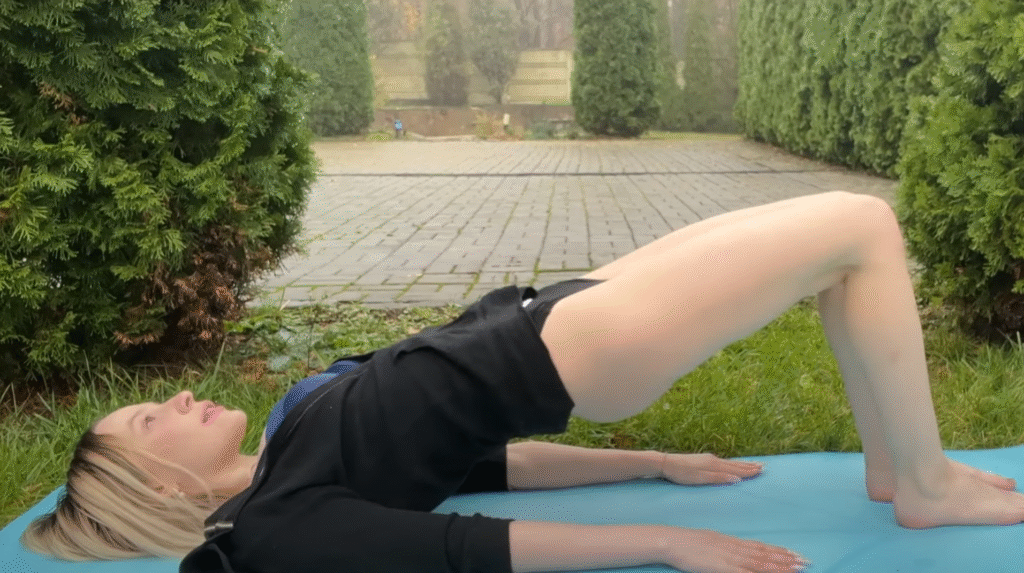
Core engagement is also important. Plank variations, gentle twists, and seated balance exercises strengthen the abdominal muscles while supporting spinal health. The added challenge of training on a slightly wet surface engages stabilizing muscles more actively, enhancing strength and coordination. By combining flexibility with controlled strength, the practice becomes holistic, addressing multiple aspects of physical fitness.
As the session continues, include cool-down poses to relax the muscles and prepare the body for rest. Child’s pose, seated forward folds, and gentle supine stretches help release residual tension. Allow the mind to reflect on the practice and the environment. Notice the sensations of rain on the skin, the subtle sounds of nature, and the heightened awareness of each muscle and joint. The combination of movement, environment, and mindful attention leaves the body rejuvenated and the mind calm.
Training in the rain also fosters resilience and adaptability. Practicing in natural conditions — whether uneven ground, wet surfaces, or changing weather — challenges the practitioner to maintain focus and balance. This builds mental toughness and flexibility, qualities that extend beyond yoga practice into daily life. It teaches patience, adaptability, and the importance of being fully present in each moment.
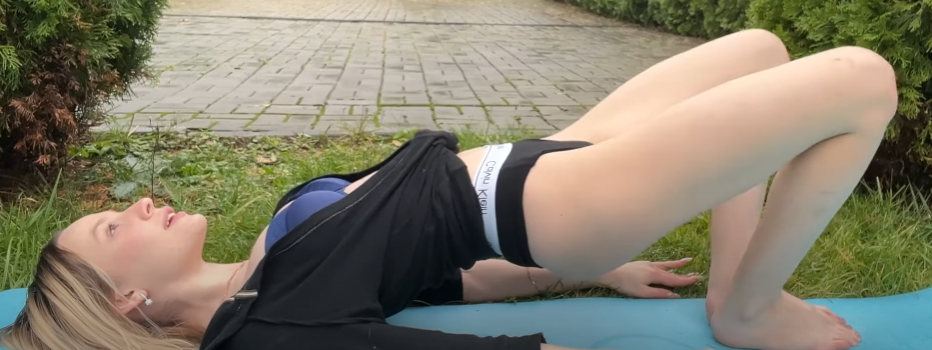
Finally, end the session with a mindful meditation or short breathing exercise. Sit comfortably or lie down on a mat or towel, close your eyes, and take slow, deep breaths. Visualize the rain washing away tension and negativity, leaving the body light and refreshed. Embrace the sense of renewal and connection that training in the rain provides. Even a few minutes of focused breathing can amplify the restorative benefits of the practice.
Training in the rain is more than a physical workout; it is a holistic ritual that unites body, mind, and nature. It enhances flexibility, awakens energy, and cultivates mindfulness. The combination of stretching, yoga flows, and the natural environment promotes emotional balance, mental clarity, and a profound sense of well-being. Practicing in these conditions teaches resilience, patience, and the joy of moving in harmony with nature.
Whether it’s a morning drizzle, a gentle afternoon rain, or a quiet evening shower, taking your yoga and stretching practice outdoors transforms the experience. Every pose, every stretch, every breath becomes amplified by the natural elements, leaving the body energized, the mind focused, and the spirit uplifted.
So roll out your mat, step into the rain, and allow yourself to experience yoga and stretching in a way that awakens flexibility, invigorates energy, and deepens mindfulness. The rain becomes a partner in your practice, each drop a reminder to embrace presence, resilience, and the simple joy of moving your body freely.
Training in the rain is not just an exercise — it is an invitation to feel, to connect, and to transform both body and mind, leaving you refreshed, flexible, and full of light energy.
